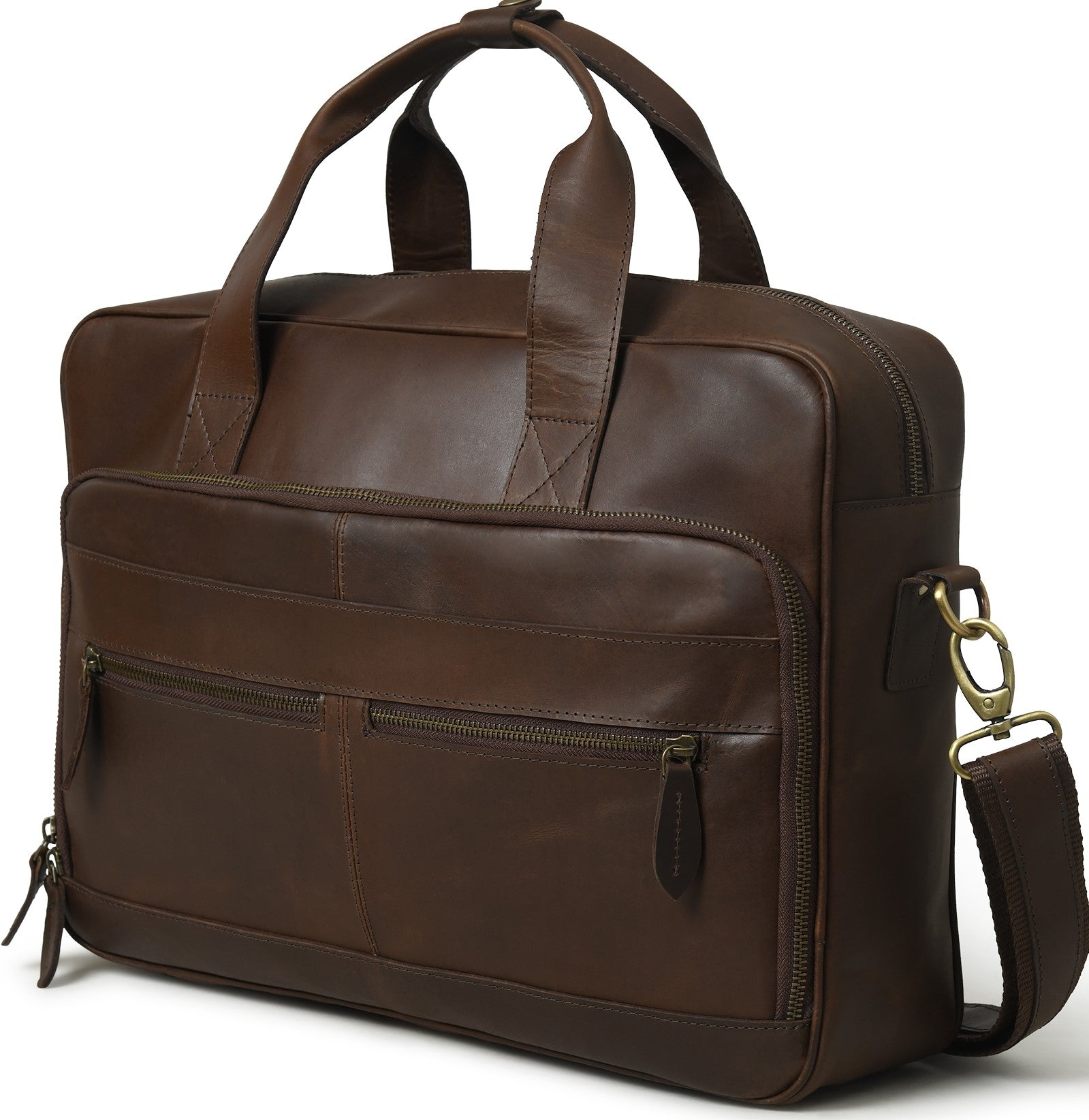
Training and Behavior: Leather Collars and Leashes as Effective Tools
Our Klasse Leer Leather collars and leashes are not only functional and durable but also serve as effective tools for training and behavior management. By using positive reinforcement techniques, establishing clear communication, and providing control...
Positive reinforcement techniques are widely recognized as effective and humane methods for training dogs. When used in conjunction with leather collars and leashes, these techniques can enhance communication, reinforce desired behaviors, and strengthen the bond between you and your canine companion. Here's how leather collars and leashes can be utilized in combination with positive reinforcement:
-
Treat Rewards: Attach a leather leash to your dog's collar and use it as a guiding tool during training sessions. When your dog displays the desired behavior, promptly reward them with treats, praise, or play. The leash serves as a physical connection between you and your dog, allowing you to guide them gently and provide immediate positive reinforcement.
-
Loose Leash Walking: During walks, use a leather leash to encourage loose leash walking, where there is no tension or pulling. Reward your dog with treats and praise for walking calmly by your side. The soft and flexible nature of leather promotes comfort, reducing the likelihood of discomfort or irritation that may hinder positive reinforcement.
-
Clicker Training: Combine clicker training with leather collars and leashes. Use the clicker to mark the desired behavior and follow it up with a treat or reward. The sound of the clicker serves as a precise marker, while the leather collar and leash offer a tactile connection that facilitates clear communication between you and your dog.
-
Recall Training: Train your dog to come when called using a leather collar and leash. Start in a controlled environment, such as a quiet room or enclosed area, and gradually increase distractions. When your dog responds to the recall command, reward them generously. The leather collar ensures a secure connection, while the leash allows you to guide and reinforce the desired behavior.
-
Target Training: Attach a target stick or object to the leather leash and use it to guide your dog's movements during training. By targeting the stick or object, your dog learns to perform specific actions or tricks. Pair this training with positive reinforcement techniques, rewarding your dog with treats or praise when they successfully follow the target.
-
Desensitization and Counterconditioning: Leather collars and leashes can aid in desensitizing dogs to certain stimuli or counterconditioning them to overcome fears or anxieties. Gradually expose your dog to the trigger while maintaining a positive and calm environment. Use the leather leash as a source of security and guidance, rewarding your dog for calm behavior during the process.
-
Training Games and Interactive Play: Incorporate leather collars and leashes into training games and interactive play sessions. Engage in activities such as hide-and-seek, fetch, or obedience games while using the leash as a tool for control and communication. Reward your dog for participating, following commands, or exhibiting desired behaviors.




